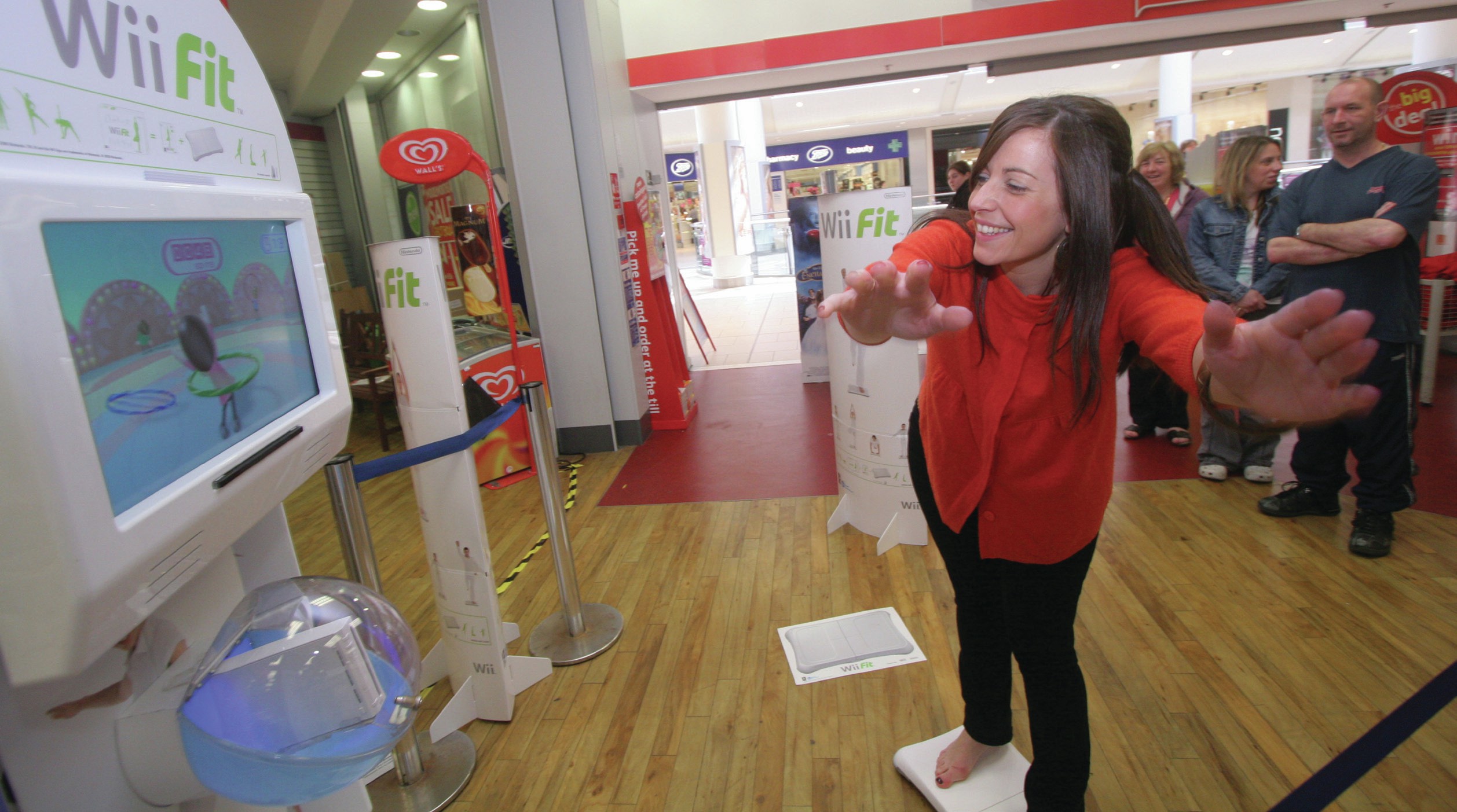
The first issue of BUSINESS REVIEW, published in September 1994, featured a picture of Nintendo mascot Mario on the front cover. At the time, the video games industry was still in its infancy and the two major players were Nintendo and Sega. Now you may struggle to remember Sega as a major force, such has been the industry’s growth since 1994 — when it was valued at £580 million — to now, where it is worth over £8 billion a year.
The development of this industry has played out within your lifetime and is a classic case of the product life cycle in action. The stages of the life cycle are essential elements of any A-level business studies course and also link directly to the Boston Matrix theory. One of the issues and drawbacks with the product life cycle theory is the concept of time. Typically in the console industry, firms expect each console they develop to last 5–6 years from the launch stage until it eventually goes into decline.
Your organisation does not have access to this article.
Sign up today to give your students the edge they need to achieve their best grades with subject expertise
Subscribe




